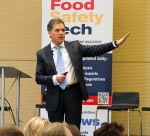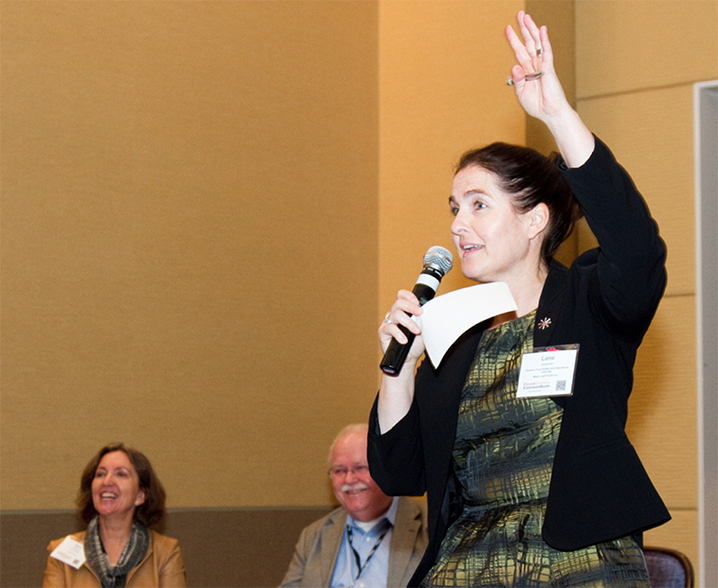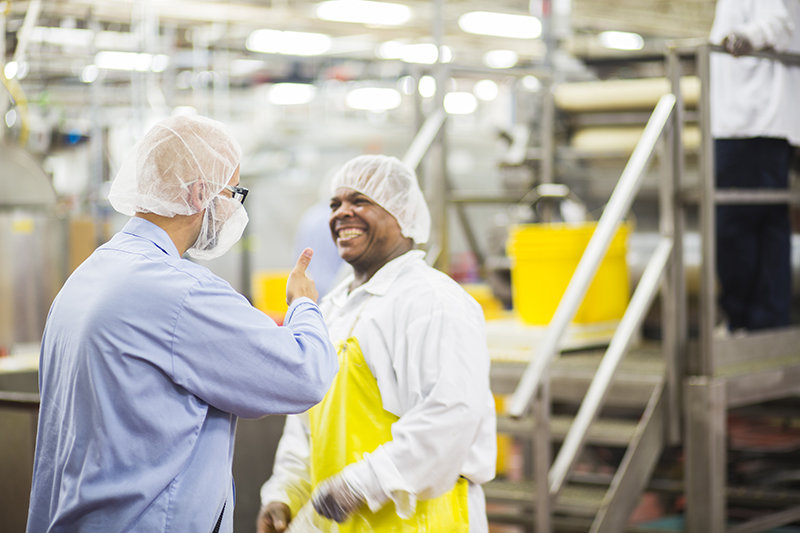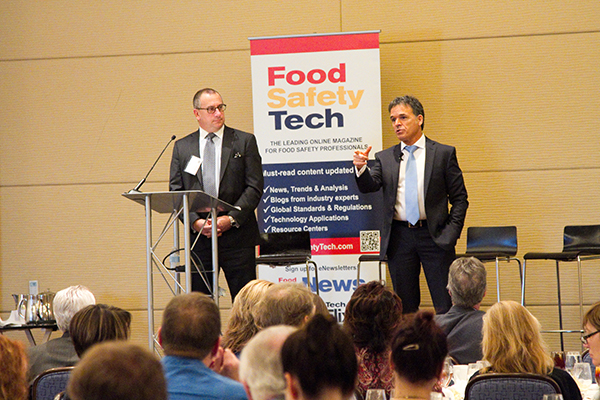If my company is GFSI-certified, is it also FSMA compliant? The answer is: With shared goals of producing safe food, coordinating preventive measures and ensuring continuous improvement, if your company is FSSC 22000 certified, you’re well on the road to FSMA compliance, according to Jacqueline Southee, Ph.D., U.S. Liaison, FSSC 22000. Southee discussed several areas in which FSSC 22000 aligns with FSMA as part of a recent Leadership Series, “GFSI in the Age of FSMA”.
Supply Chain Visibility
FSSC 22000 is applicable to all aspects of the supply chain and requires interactive communication (all of which must be documented), from the downstream level in ensuring raw materials and suppliers meet requirements of ISO 22000 framework to communication with customers and suppliers to verify and control hazards.
FSMA controls the hazard of food within the United States, says Southee, whereas GFSI certification is a global initiative, thereby extending supply chain visibility to foreign suppliers.
The Food Safety Plan
There has been much discussion surrounding building a FSMA-ready food safety plan and the migration from HACCP to HARPC. “HARPC can be referred to as HACCP with preventive controls,” says Southee. FSSC 22000 provides a flexible yet robust approach in a framework that is applicable to all situations (i.e., different manufacturers have different issues, such as producing ice cream versus baked goods). Rather than being prescriptive, the prerequisite program has the flexibility to apply to a particular situation. In addition, validation, verification, monitoring and documentation are an inherent part of the ISO 22000 approach and the FSSC 22000 certification.
FSSC 22000 serves as an effective tool in preparing companies for FSMA compliance. “We’re not a regulatory system; FDA has that domain,” says Southee. “They’re the ones that carry the responsibility of meeting those regulations. We work with everyone…to do the best job we can.”
Audit Readiness
Being audit ready all the time is a key part of preparing for FSMA. FSSC 22000 certifies a food safety management system (a three-year certification cycle) and requires internal audits of company performance, along with helping companies ensure that their records are organized at all times. The goal is to install a management system that enables constant monitoring, reevaluation and assessment as part of an ongoing process of keeping food safe, according to Southee. “If you’re certified and have an effective ongoing management system, unannounced audits won’t be an issue,” she says.
Food Safety Culture
FSSC 22000 and ISO 22000 provide a strong foundation for building food safety culture. ISO 22000 requires proof of management commitment to the food safety process, along with accountability, and for management to make resources available to see the food safety process through. “We agree that culture has to come from the top,” says Southee. “The personnel have to see that management is committed, and the culture will come from that commitment.” It also requires constant communication, up and down the supply chain as well as internally. This includes involving all employees and making sure that they know what they’re doing (i.e., training). “Everyone needs to know they’re valued and important, and how their function contributes to the function of safe food,” says Southee.
FSMA Alignment and Gap Analysis
There are sure to be some gaps when it comes to FSSC 22000 and FSMA. FSSC 22000 has commissioned a gap analysis to compare the preventive controls for human and animal food rules with the GFSI scheme and will add addendums as needed. Areas of review include a requirement to include food fraud into the hazard analysis and a review of unannounced audit protocol.




























